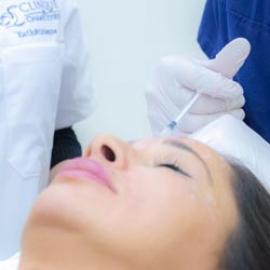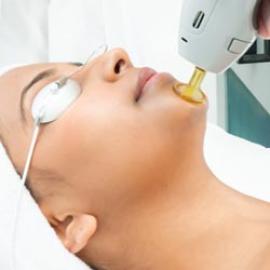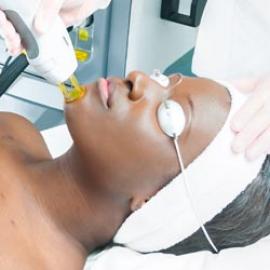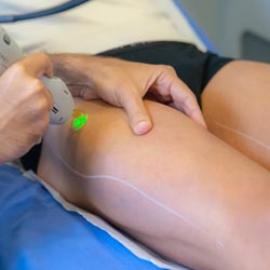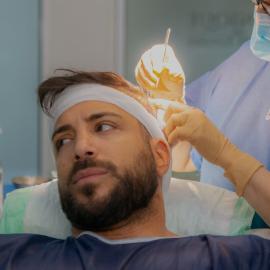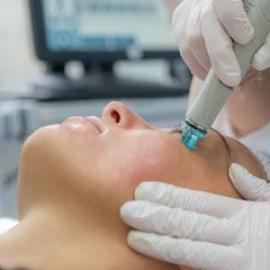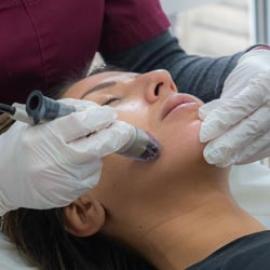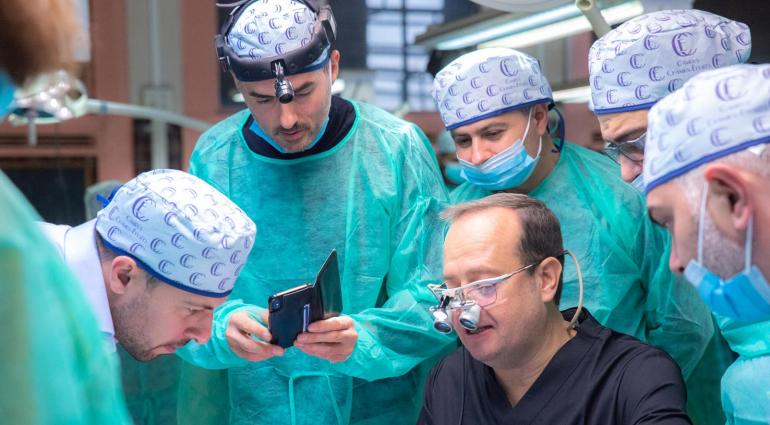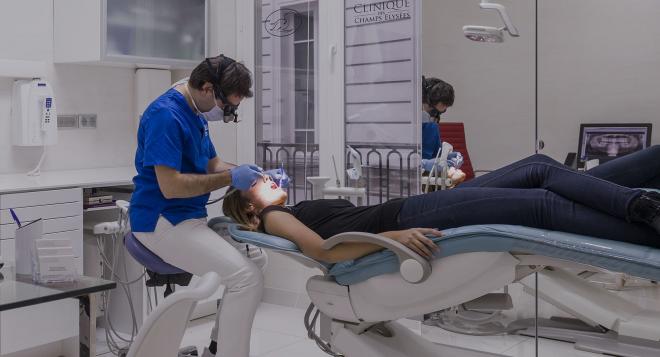
It can happen that teeth crack or break during a fall or as a result of a sharp impact. The dentist should be consulted in order to determine the overall impact on the tooth. This can be more troublesome with sequelae. Patients may consider restoring a radiant smile through dental reconstruction.
Broken teeth: a definition
Teeth can break as a consequence of a direct or violent blow to the tooth during a fall or an accident. Although a cracked tooth can only occur due to the existence of a crack on the enamel, a damaged or cracked tooth can lead to a partial or complete loss of the crown.
The teeth most affected by such impacts are usually incisors due to their location in the mouth and are thus more vulnerable.
A fractured tooth should be monitored by a dentist to determine if there is any impact beyond the tooth. In order to understand which areas have been damaged, it is also important to analyze the tooth as a whole. There are various forms of fractures of the enamel that can damage the dentine until it meets the nerve of the tooth.
A damaged tooth may be more or less noticeable. It obviously modifies the teeth alignment and uniformity.
Broken teeth: what are the causes?
Trauma is the primary cause of broken teeth. Direct impact, falls, or blows from a hard object can result in part or all of the teeth being broken. Both children and adults are vulnerable to this kind of trauma.
It is possible that teeth can break due to a significant grinding of the jaws. Repeated friction of the enamel creates fragility and can break part of the tooth.
In some cases, under the force of the maxillary muscles, an extreme and violent squeezing of the teeth can break one or more teeth. Often known as clenching, this effect remains unusual.
If the tooth is poorly shaped, it can not match well with the teeth on the opposite jaw. Repeated shocks may damage the enamel and break the tooth.
Broken teeth: what kind of treatments are available?
To restore a sparkling smile, the teeth should be reconstructed. In the case of a partially damaged tooth where the nerve is not affected, it is possible to fill the tooth with a custom ceramic facet. In order to achieve maximum performance, the facet should be the same color as the natural teeth. The facet is intended to cover the tooth and re-align the smile.
In the event that a vast majority of the crown and pulp have been damaged by trauma, the dentist should devitalize the tooth. In order to ease the pain, the dentist removes the nerve to desensitize the tooth and places a dental prosthesis. The result is nearly invisible.
In addition, in the most serious cases where the tooth has been badly damaged during the trauma, the dentist may suggest edentation for the purpose of prosthesis. It removes the entire tooth and places a titanium screw to which the prosthetic tooth is mounted.






































